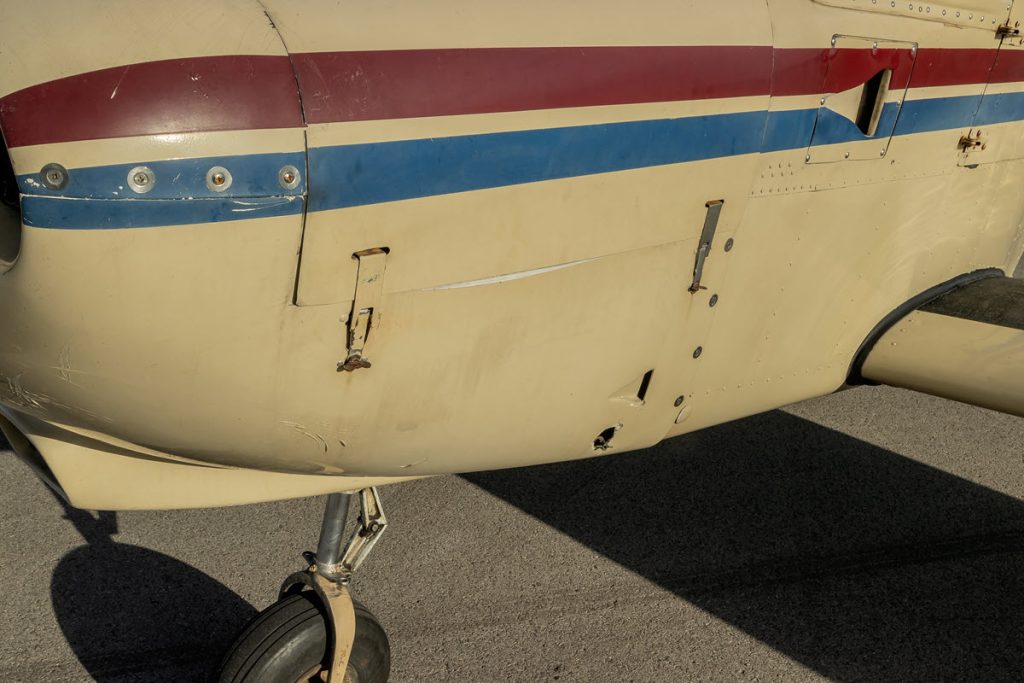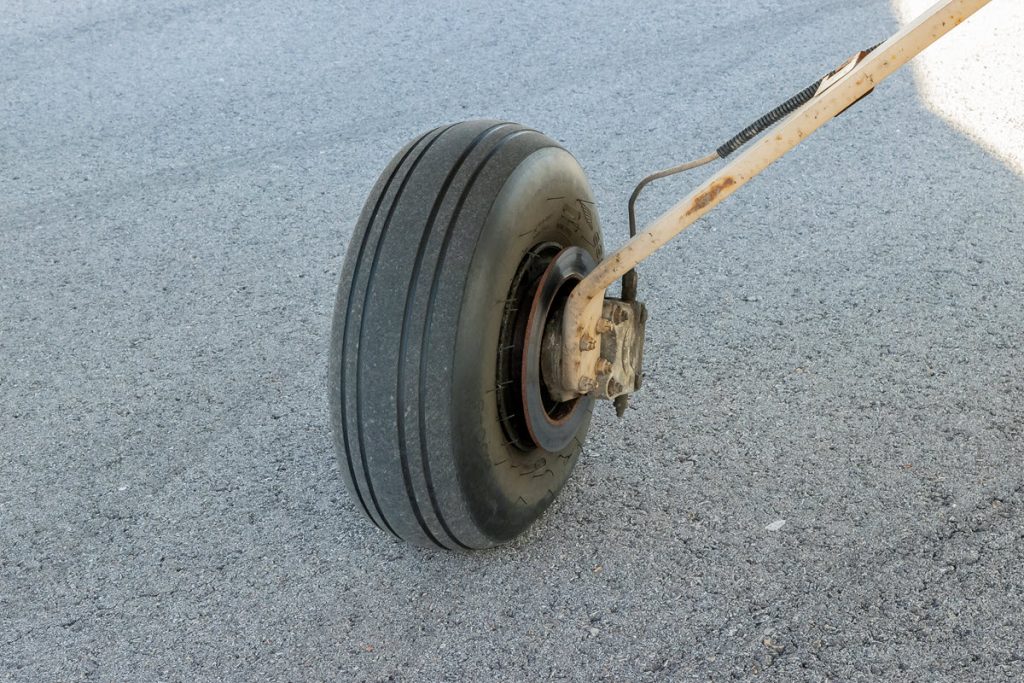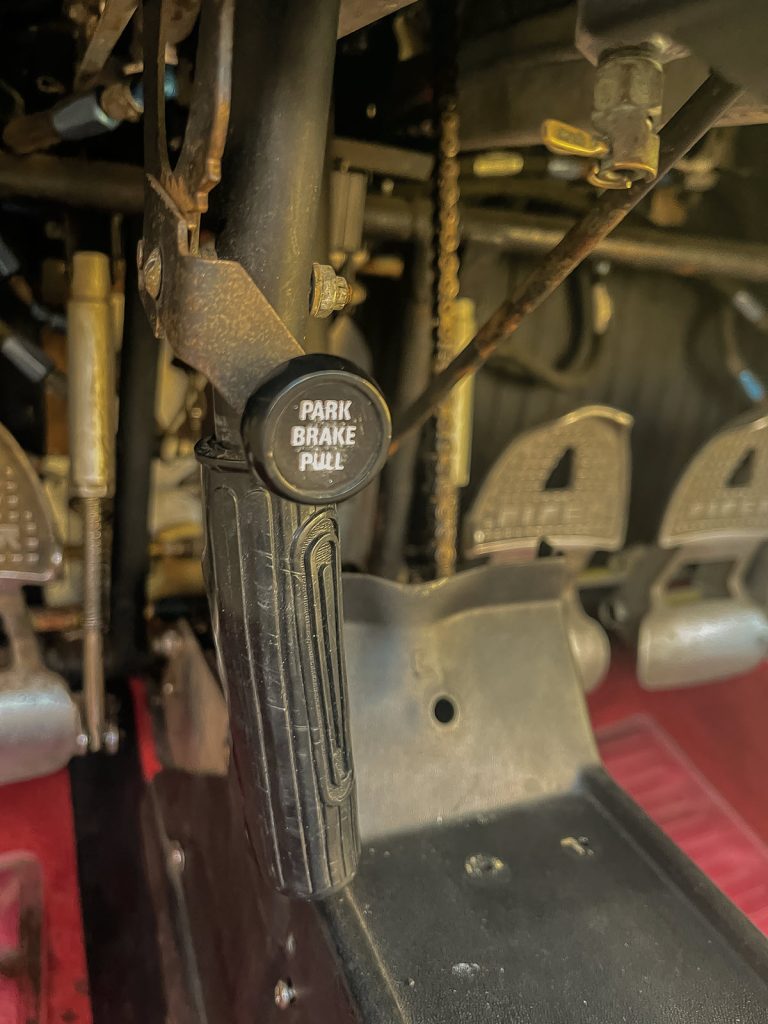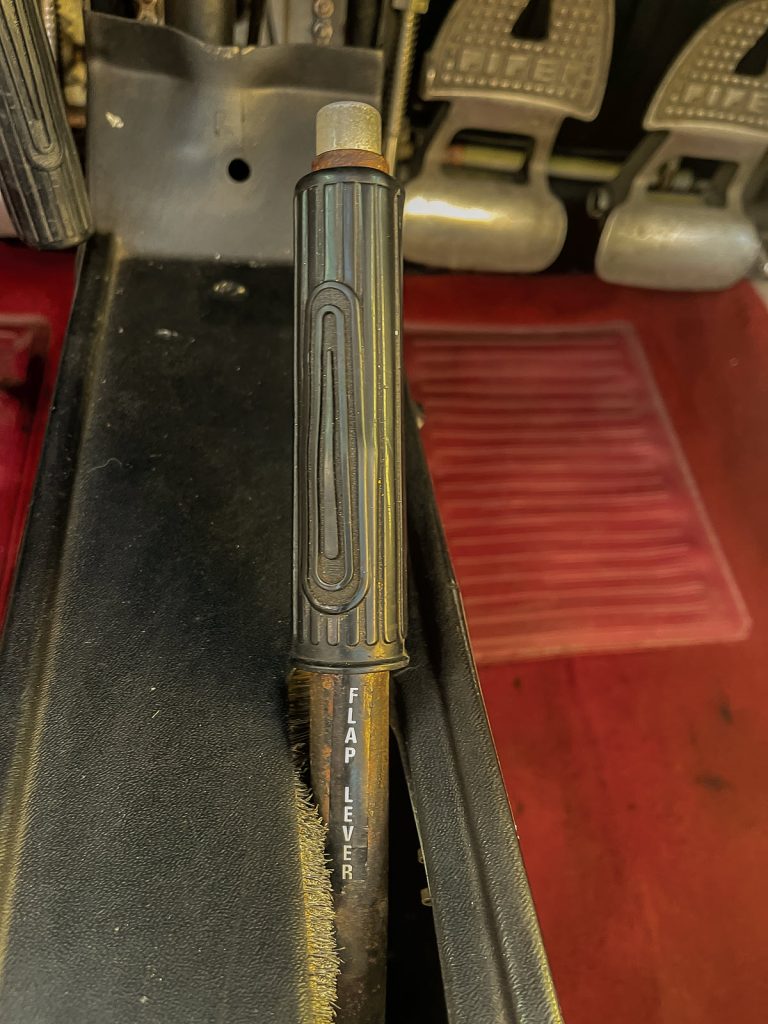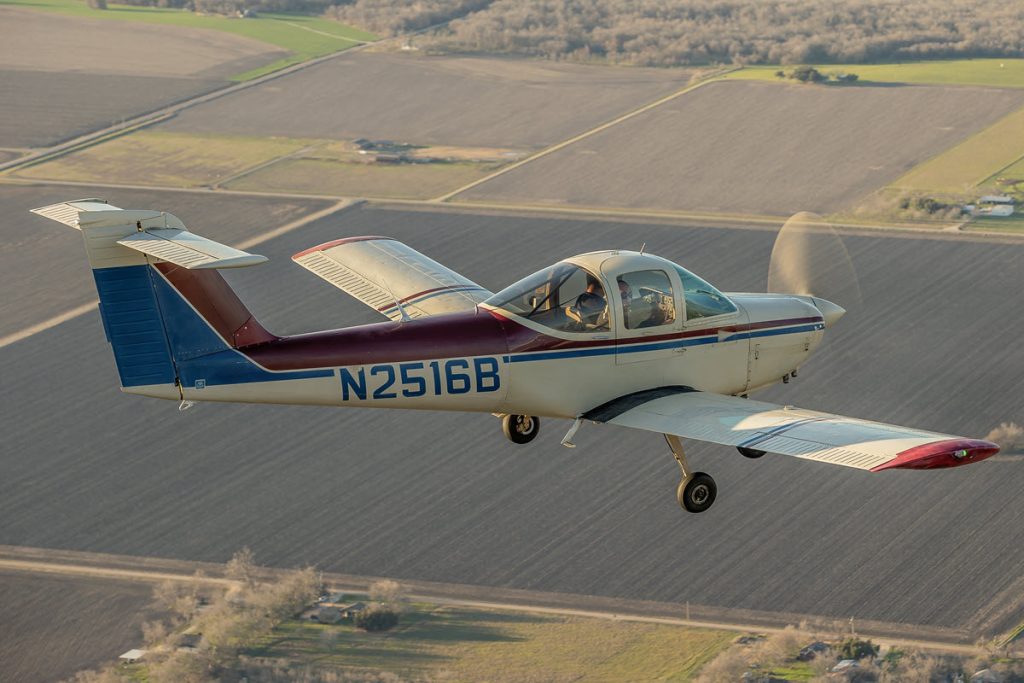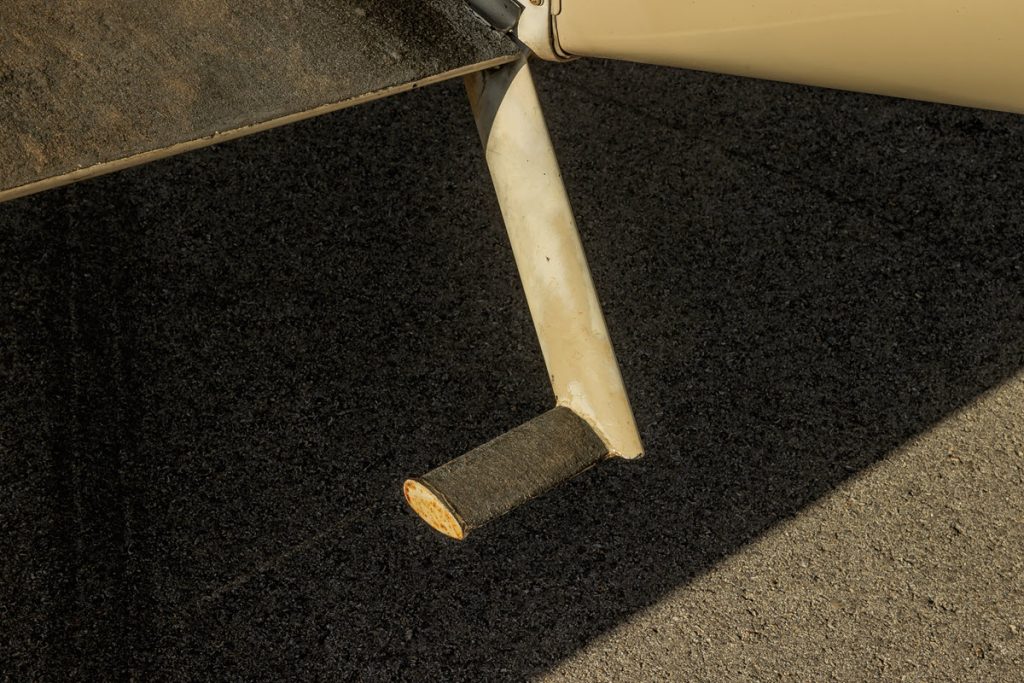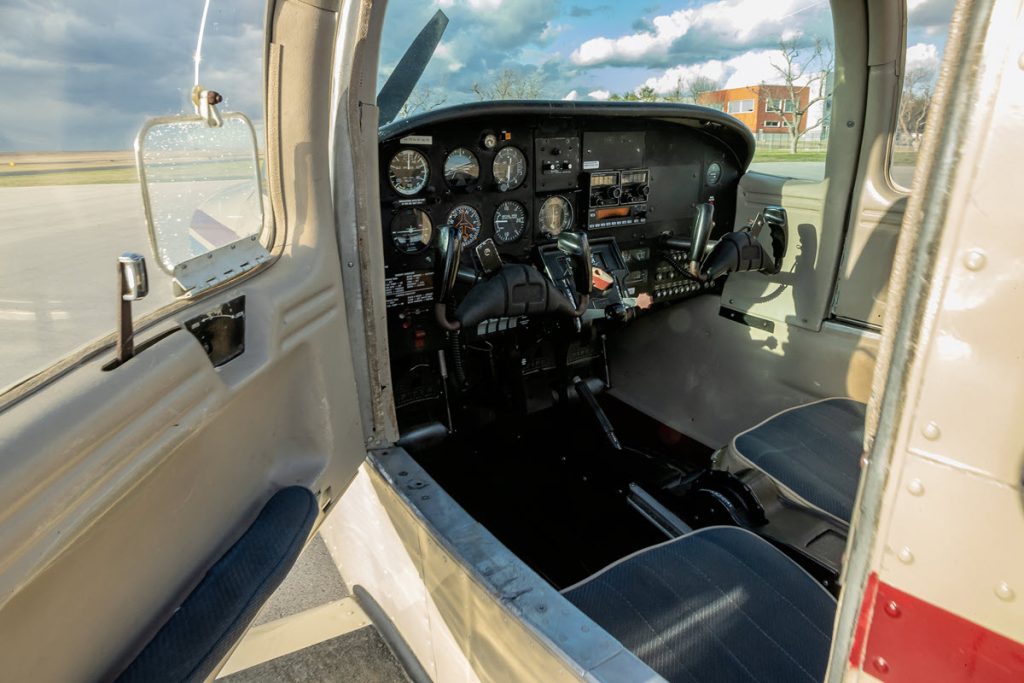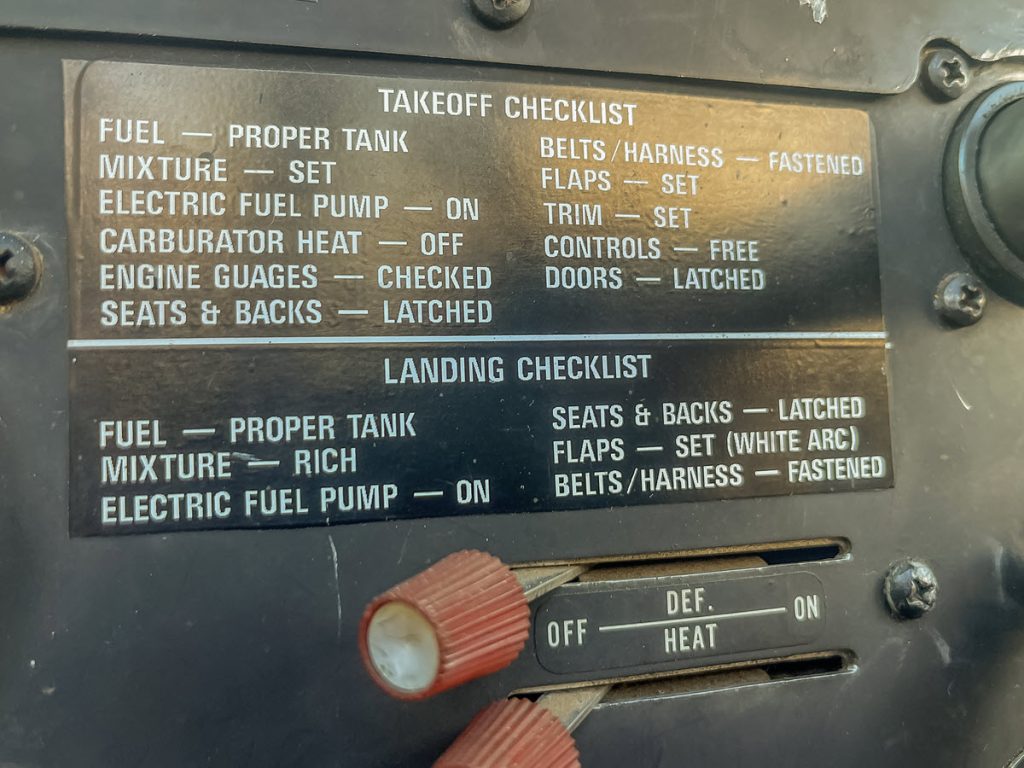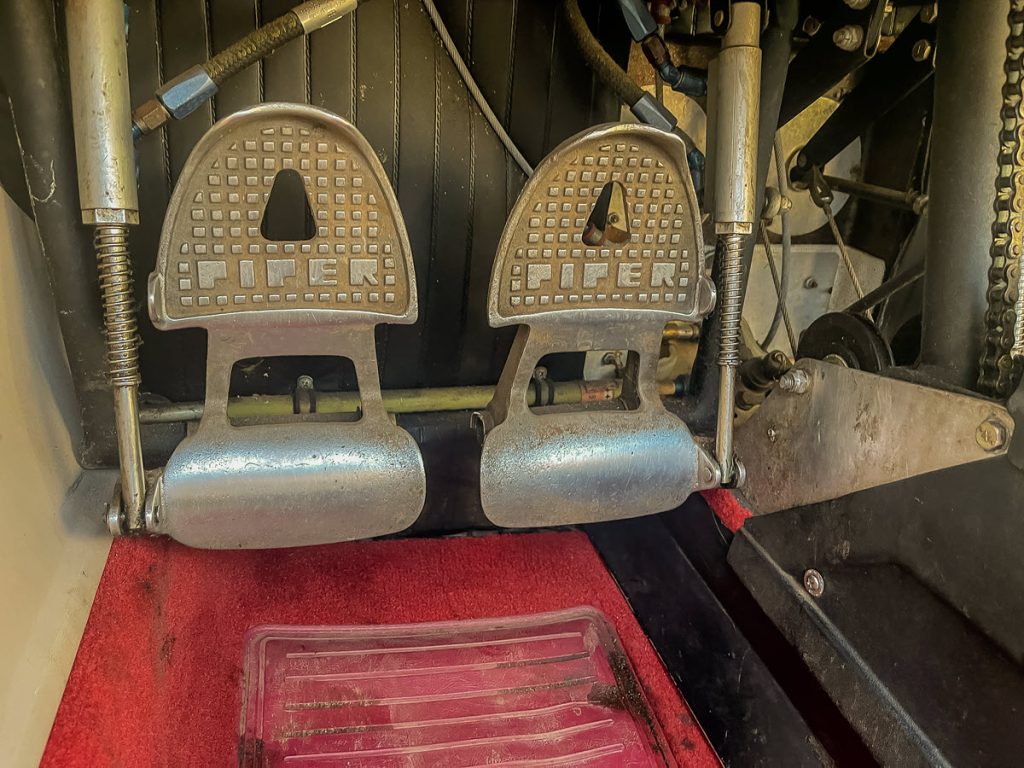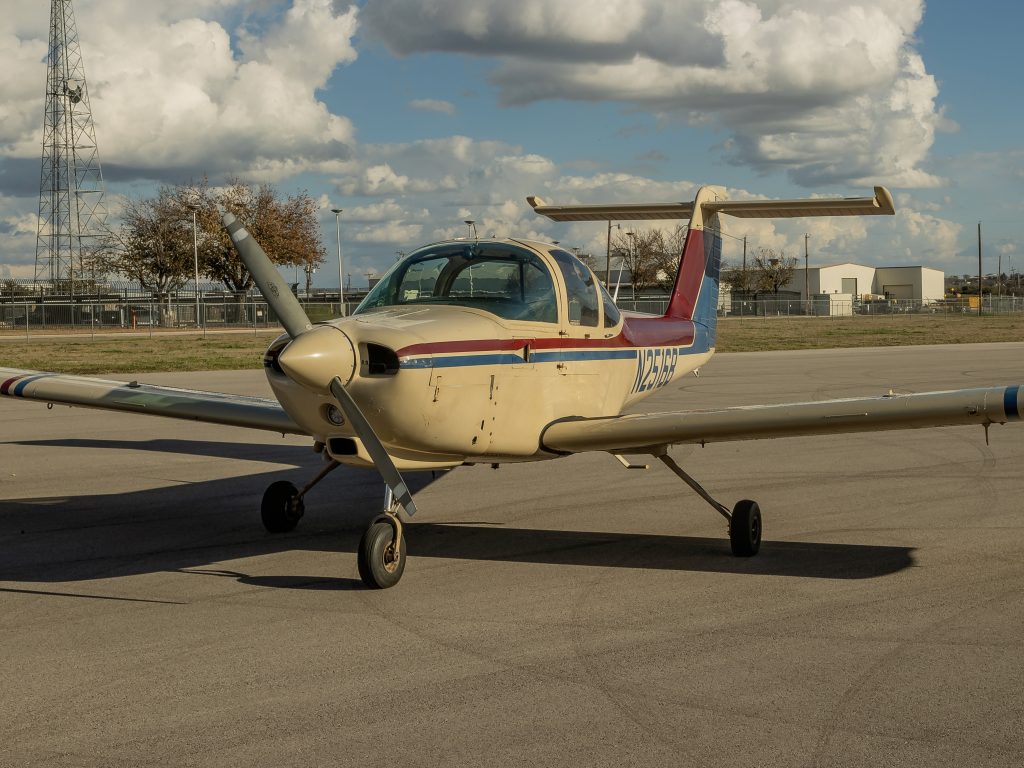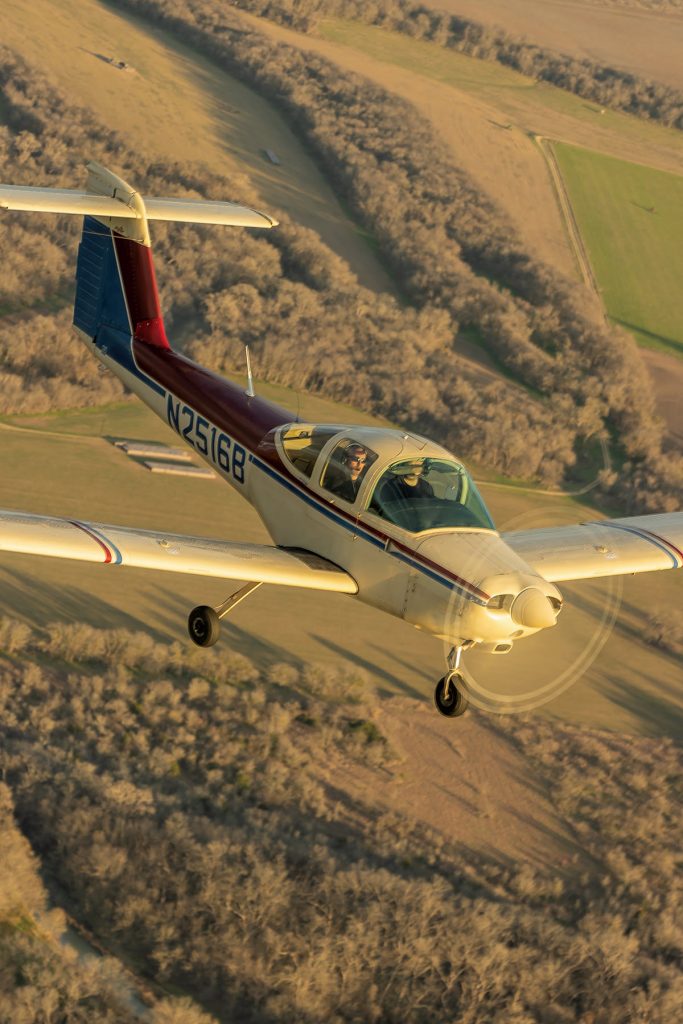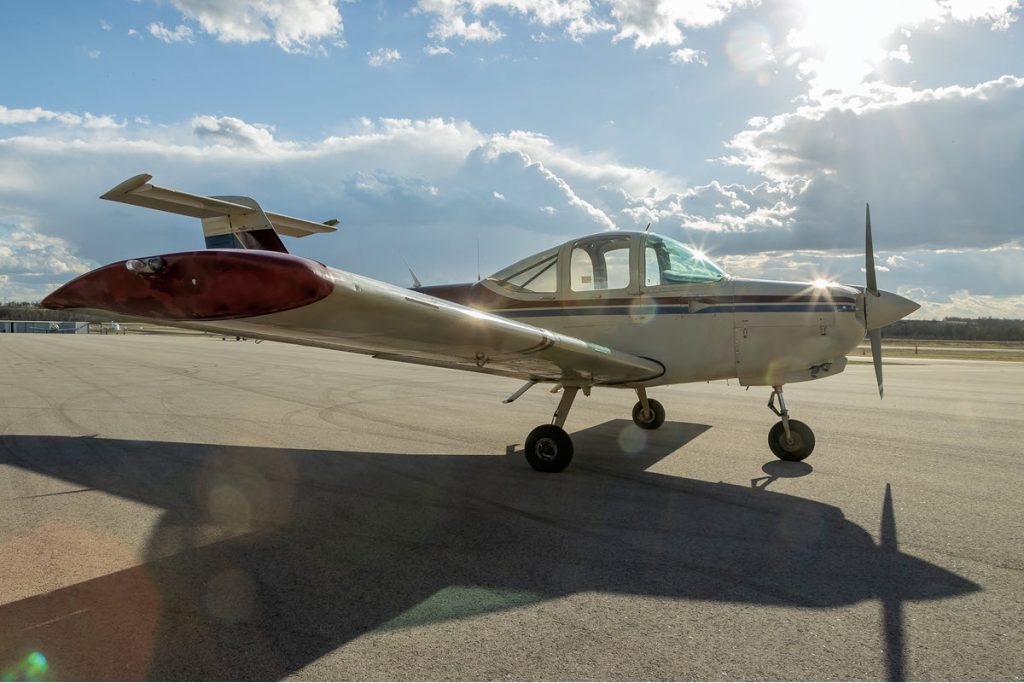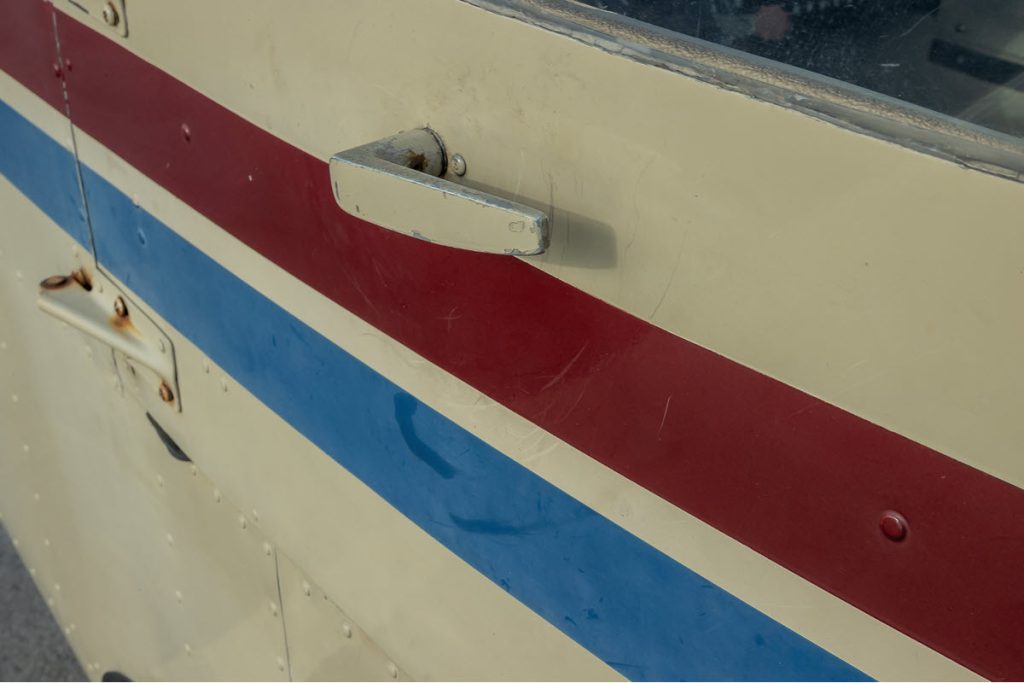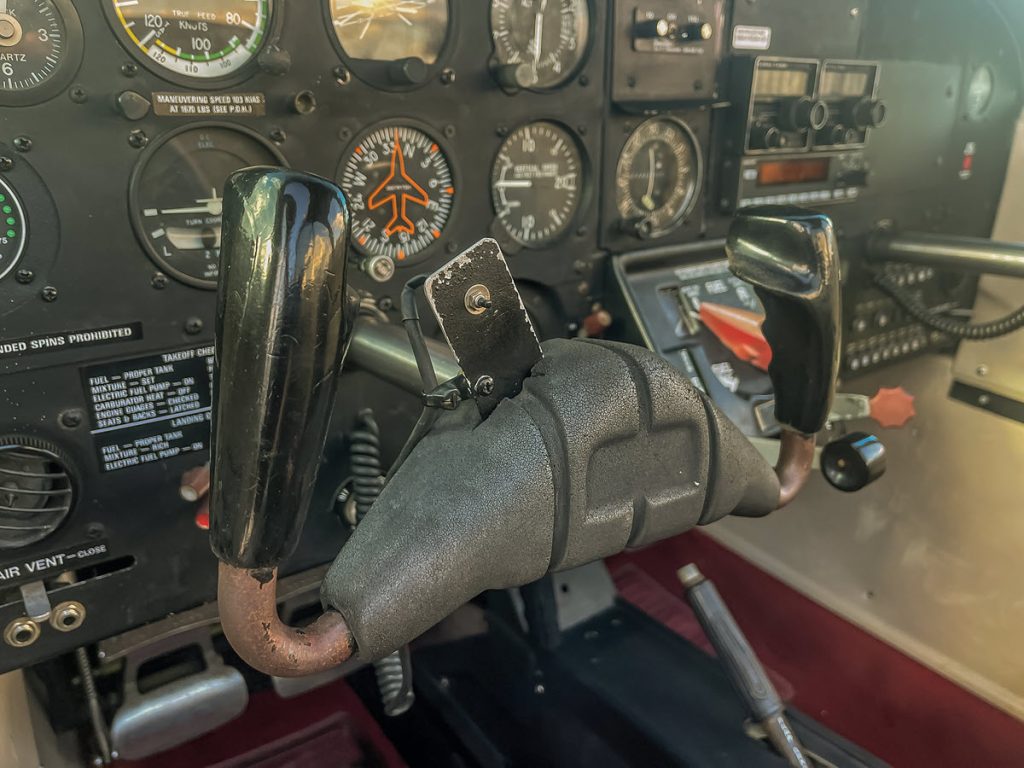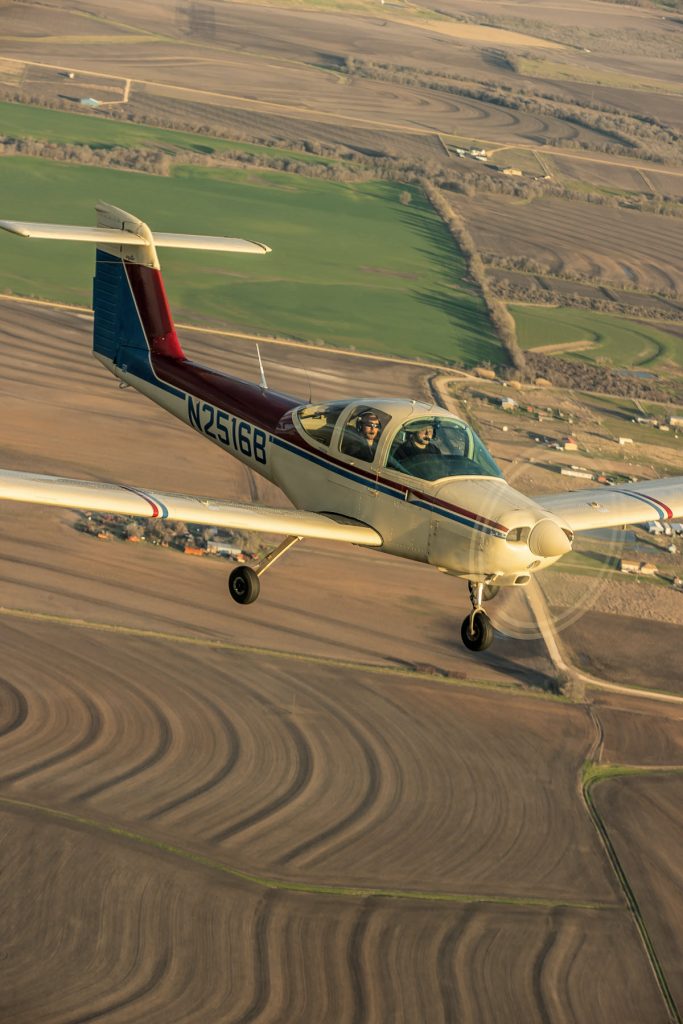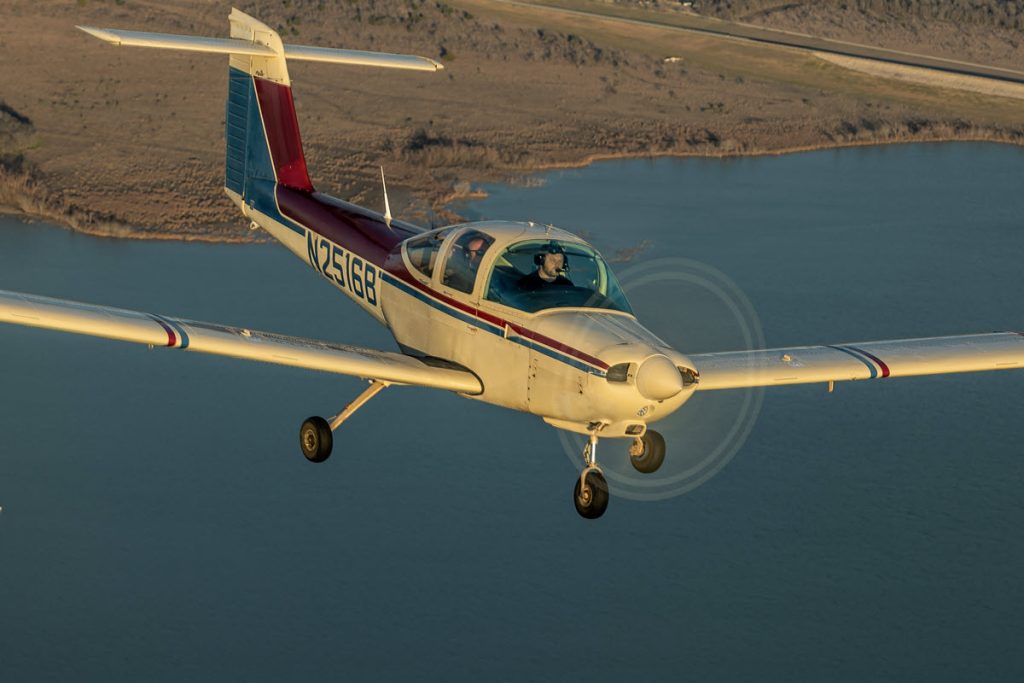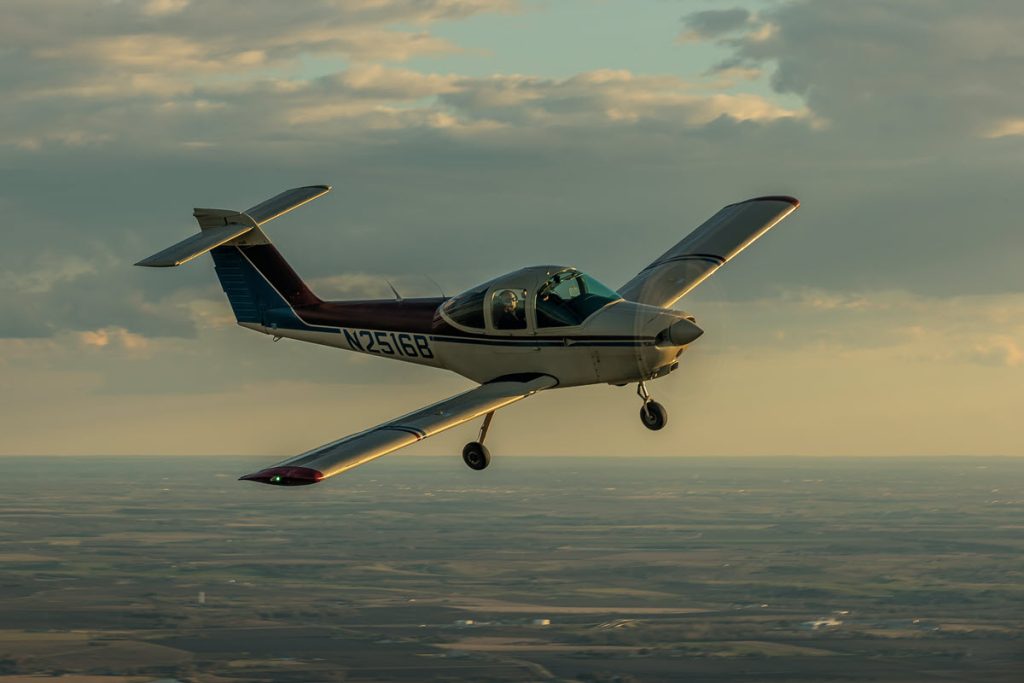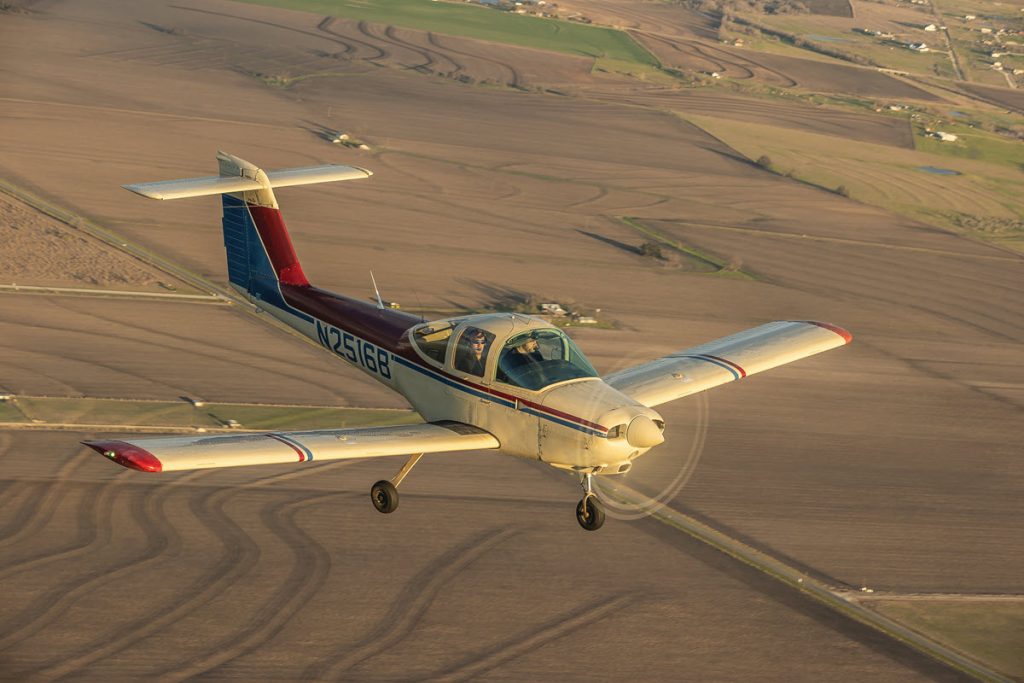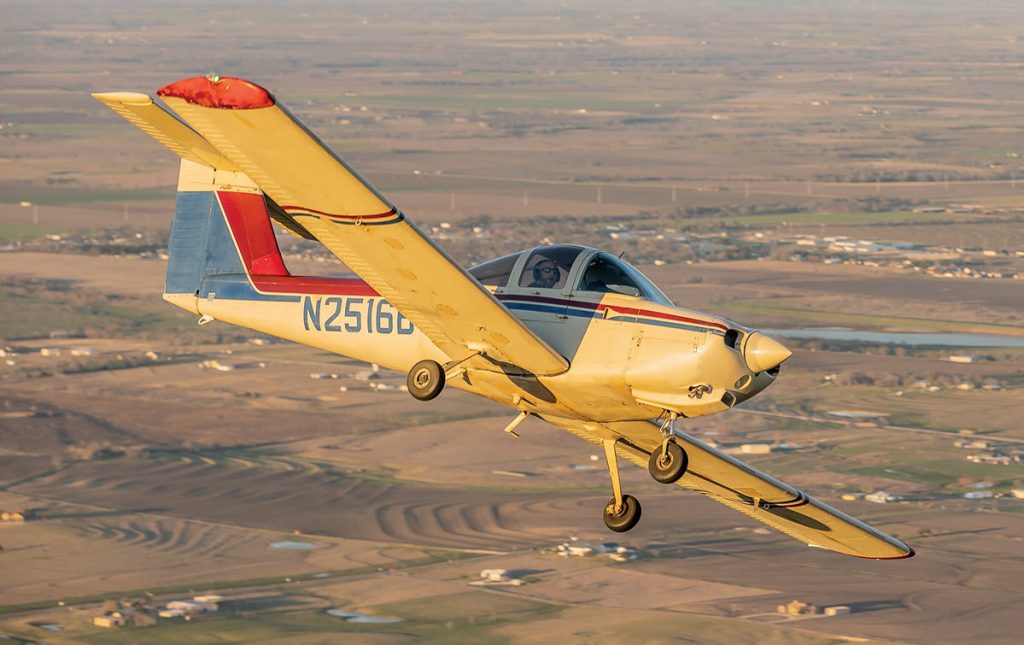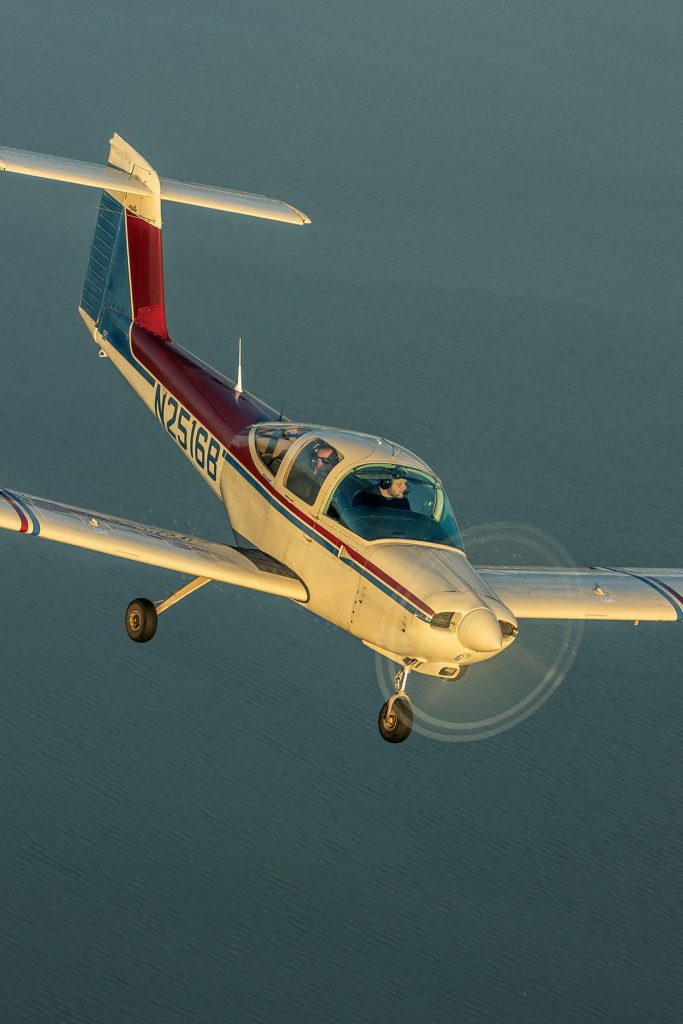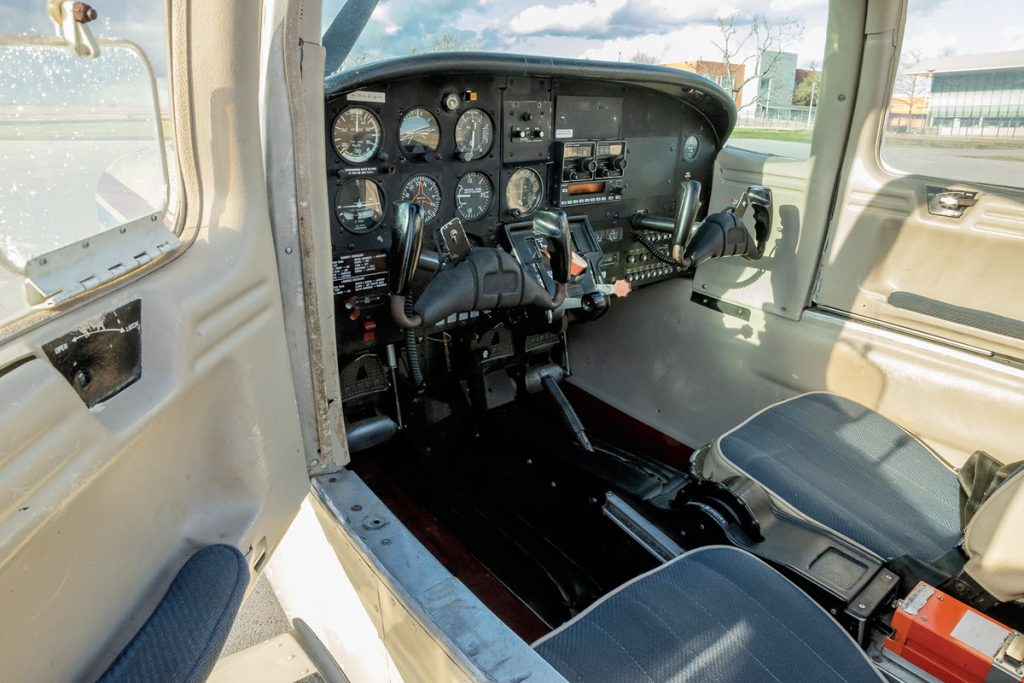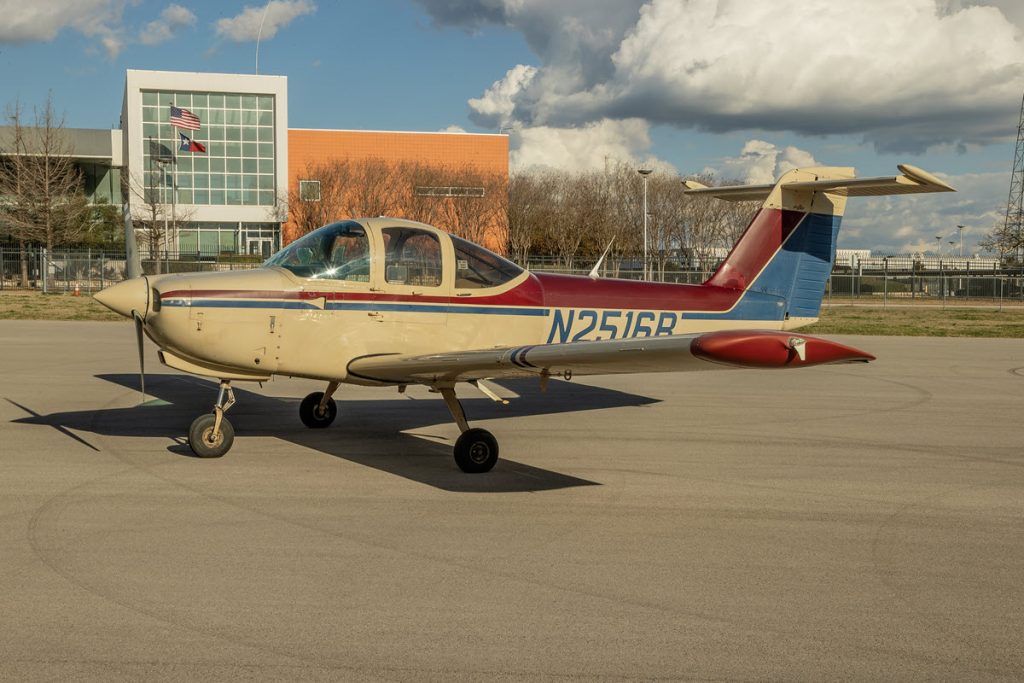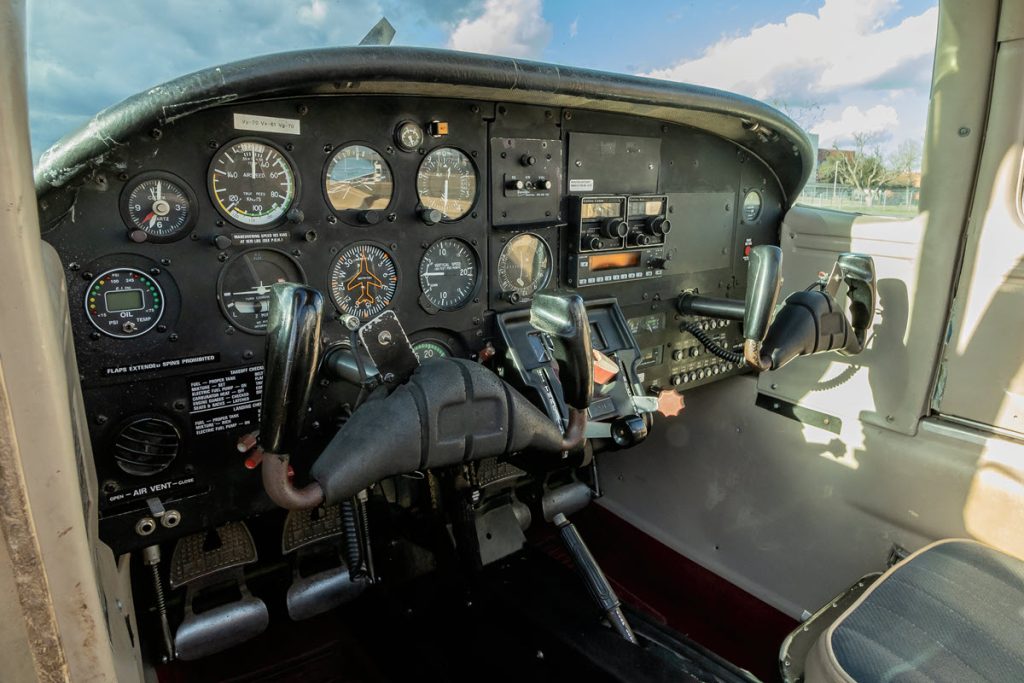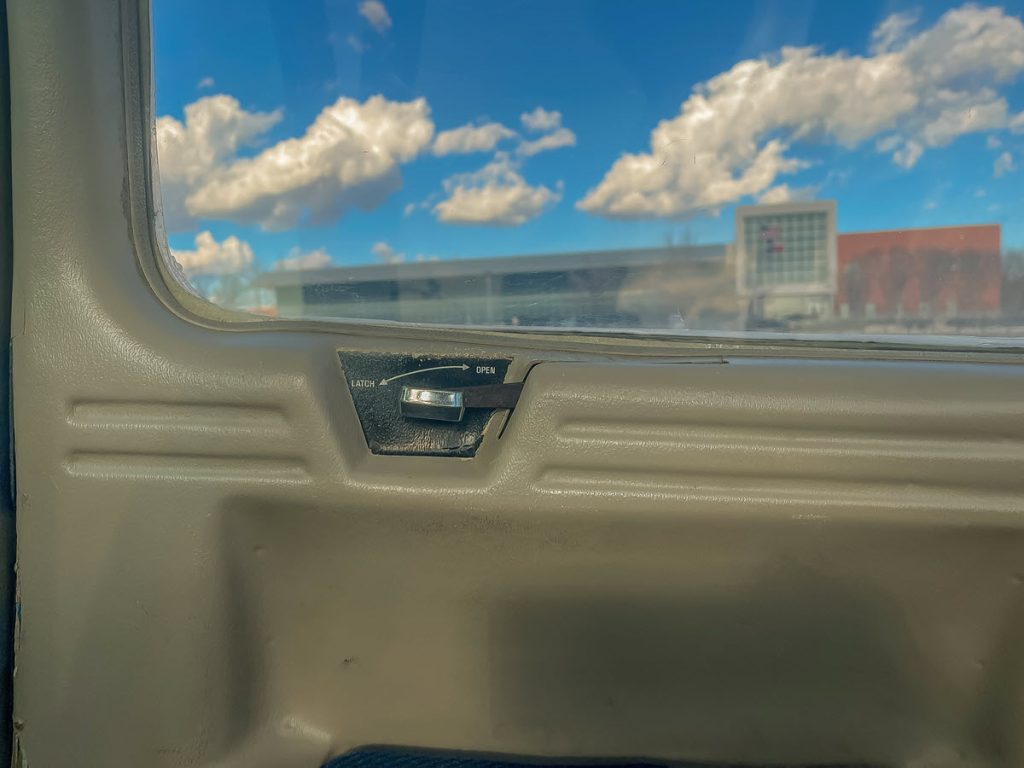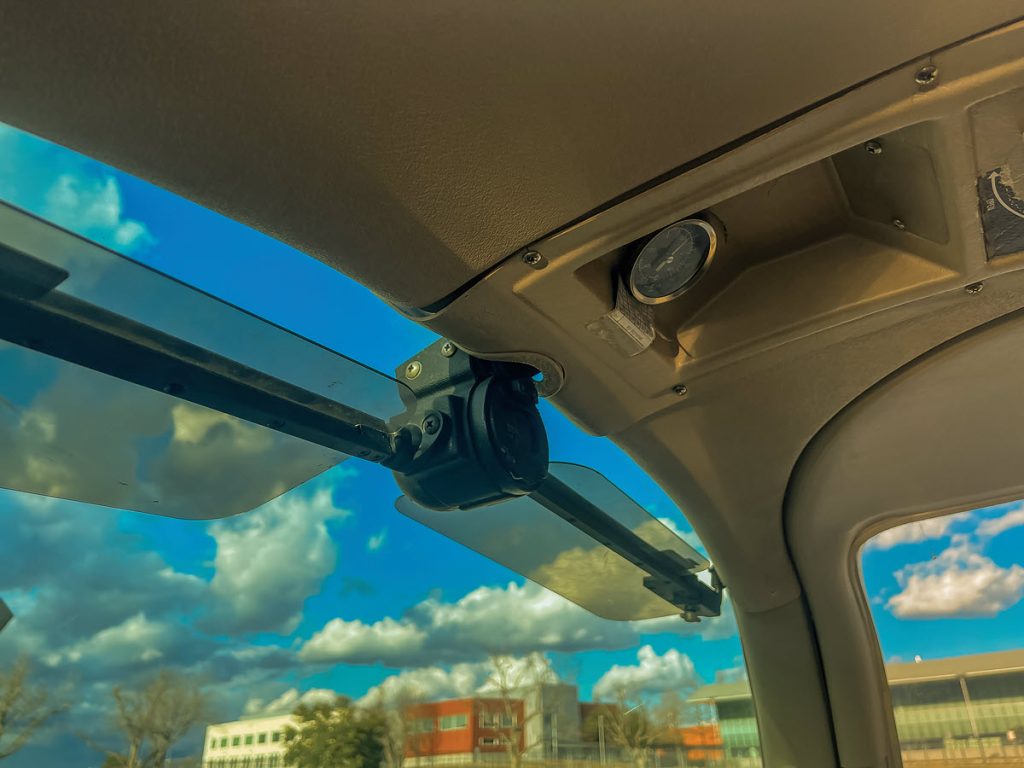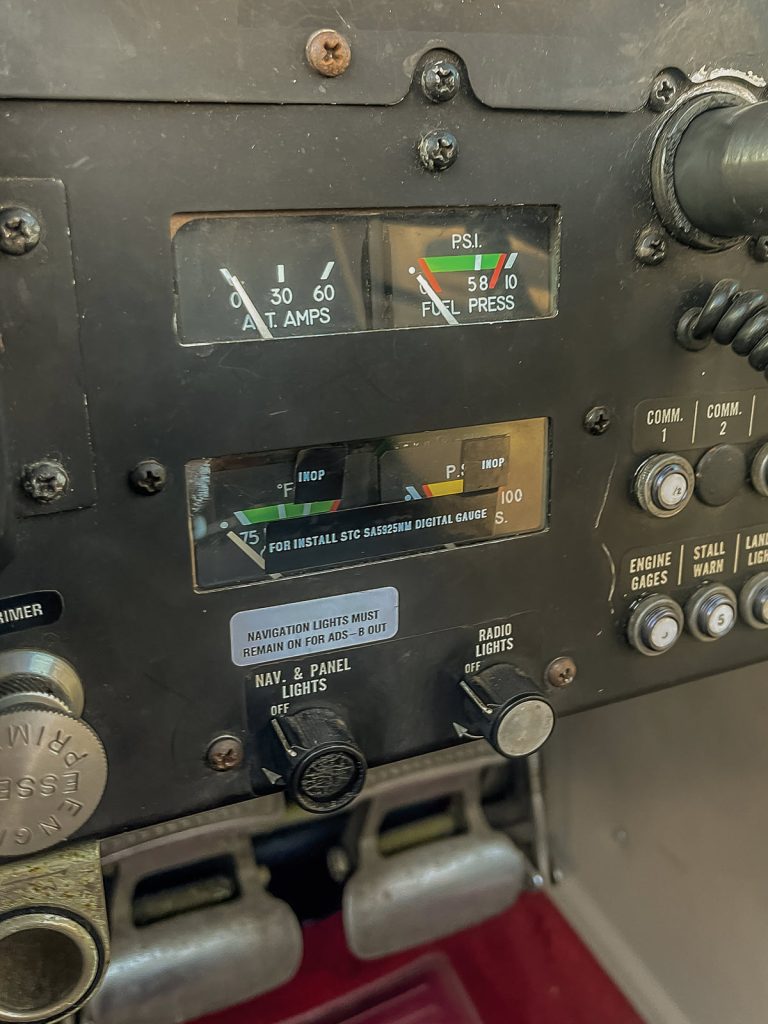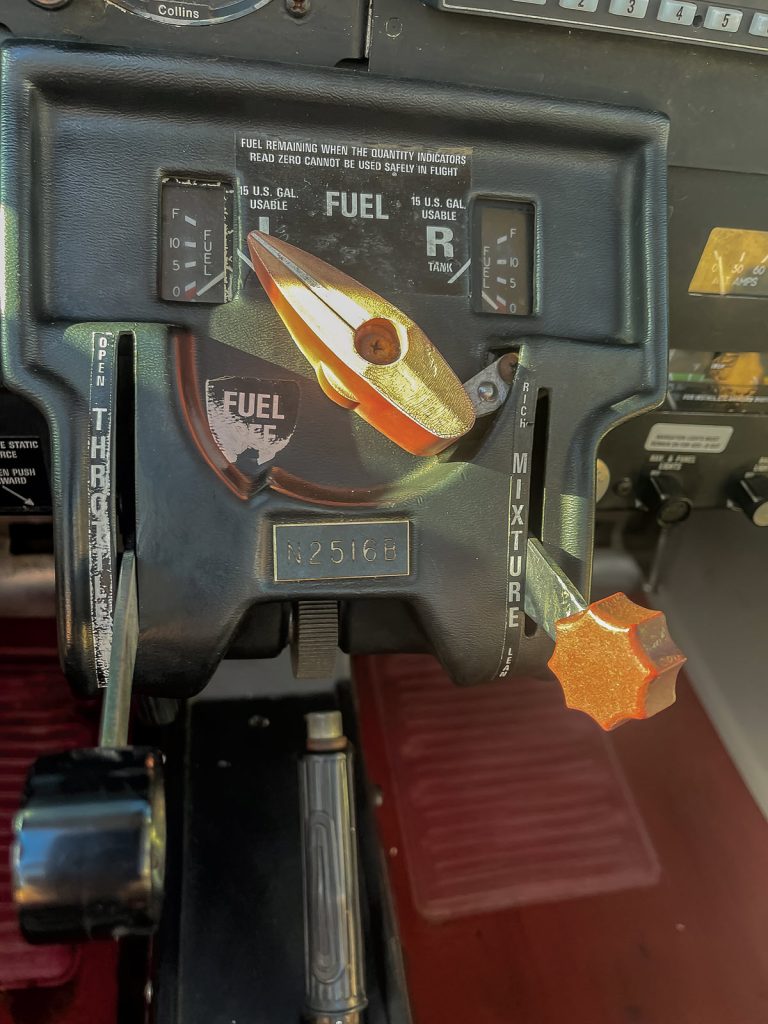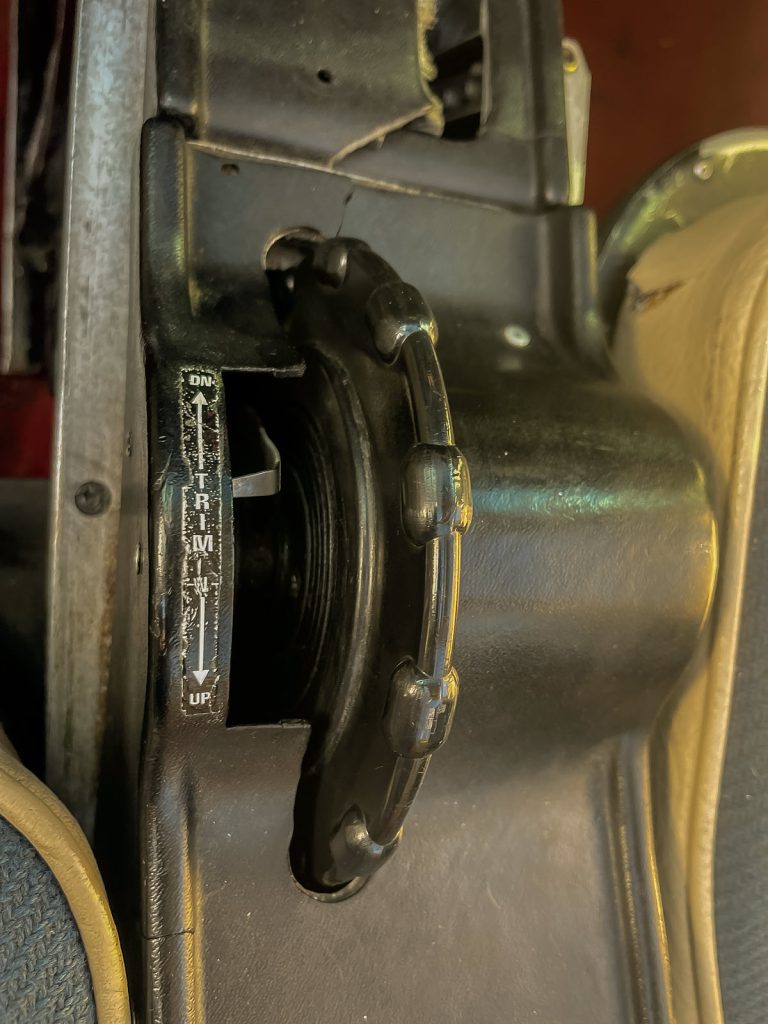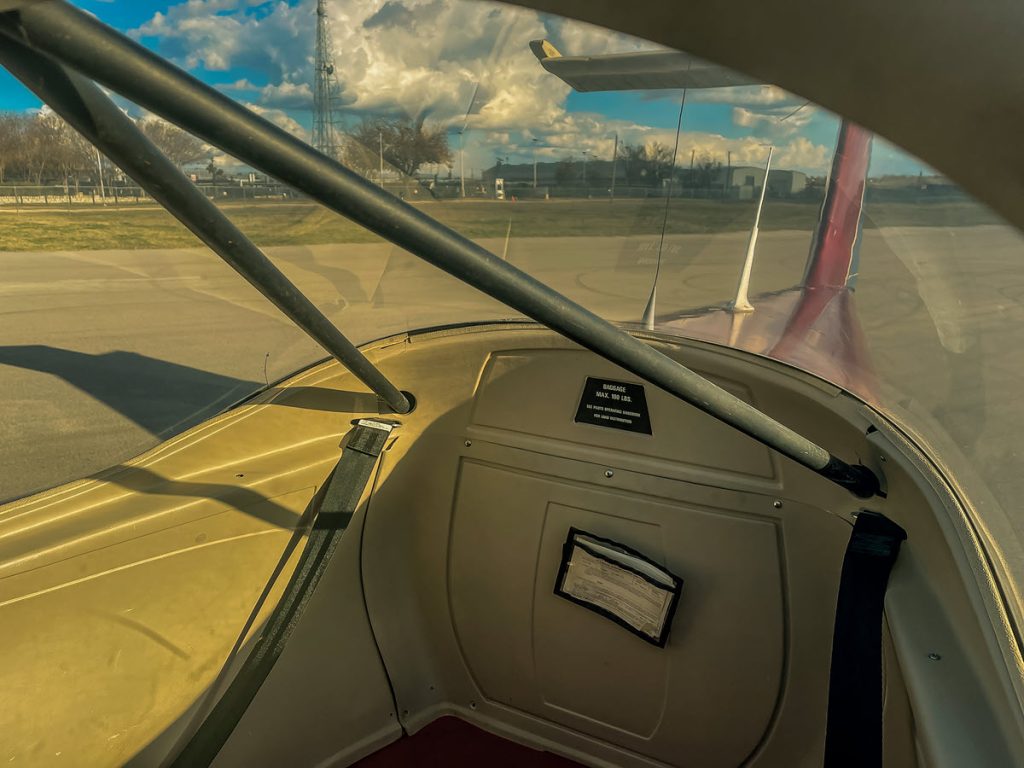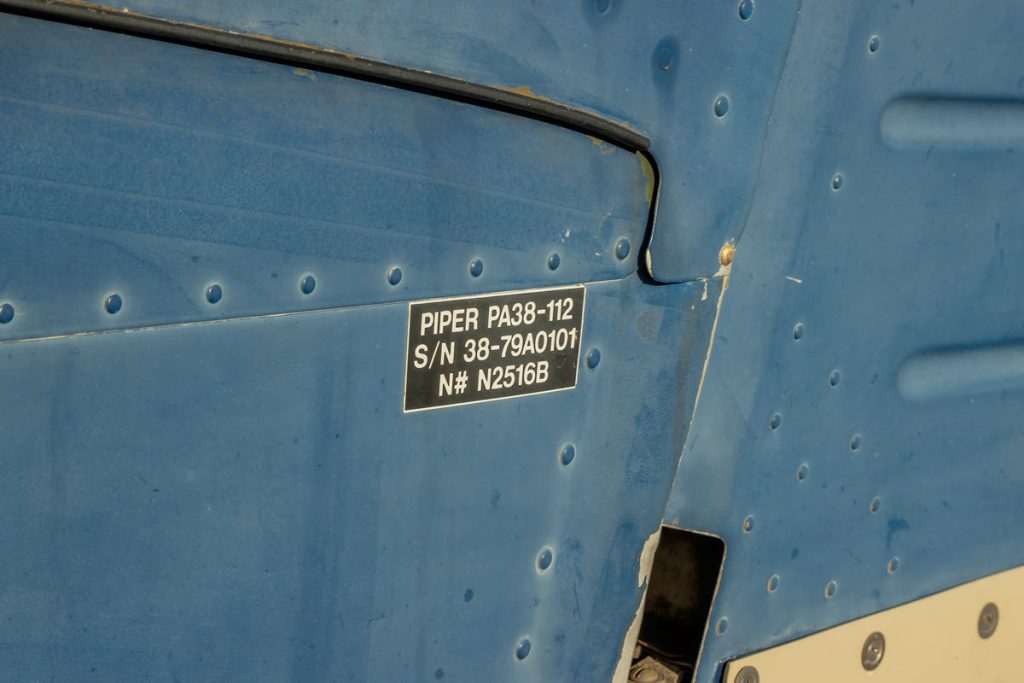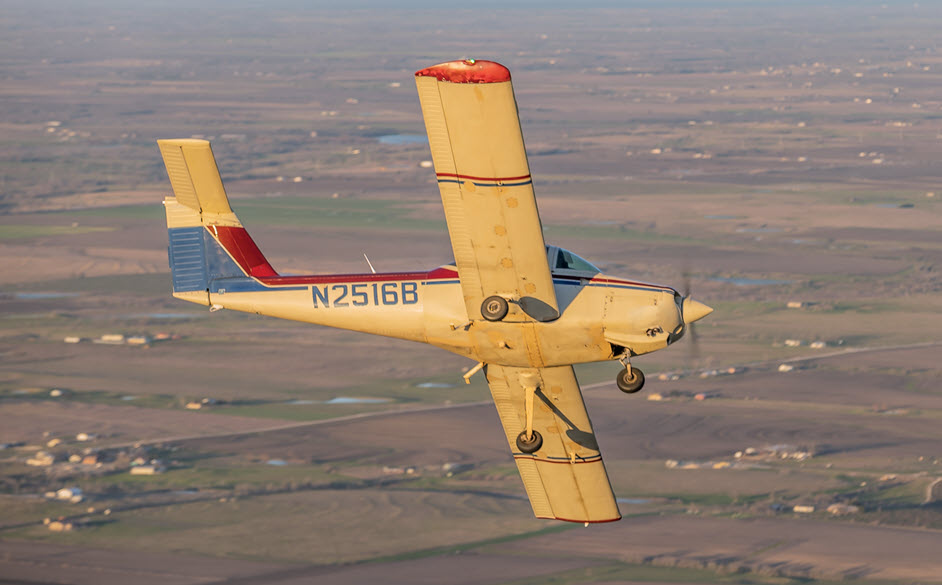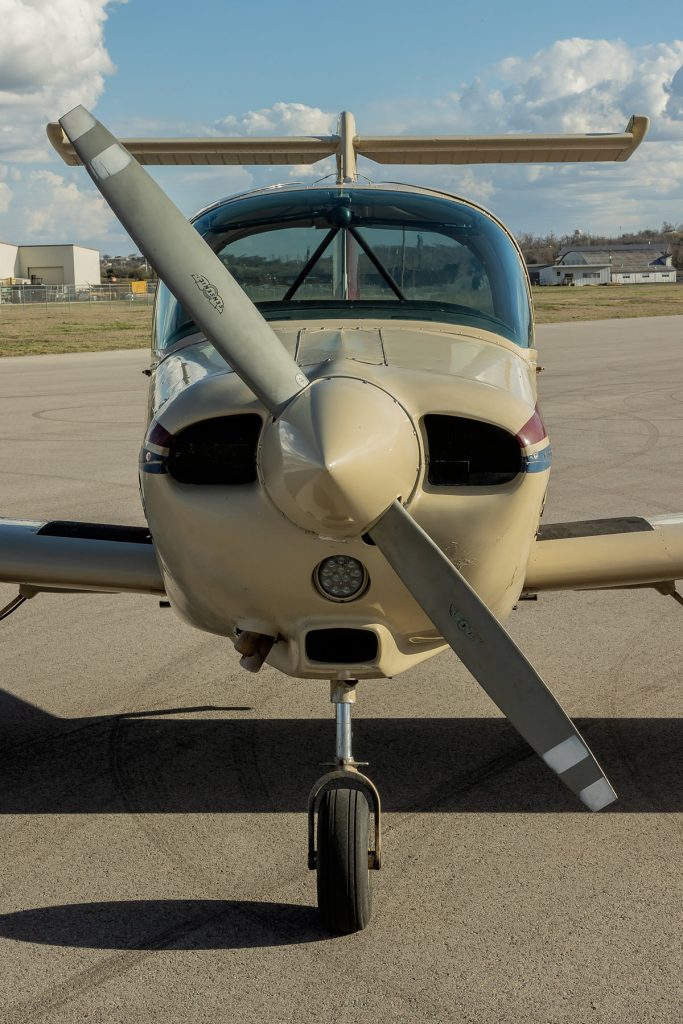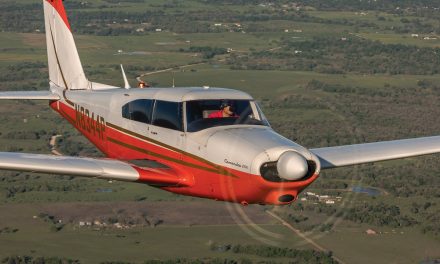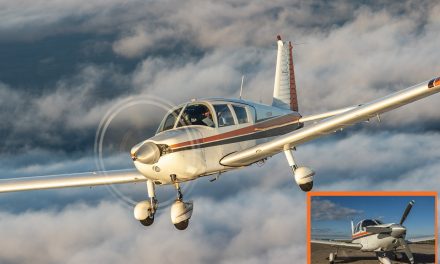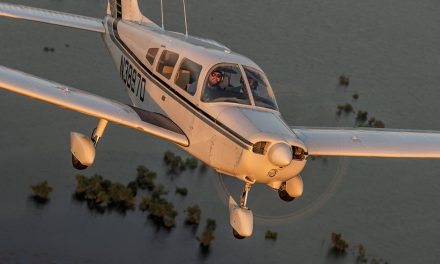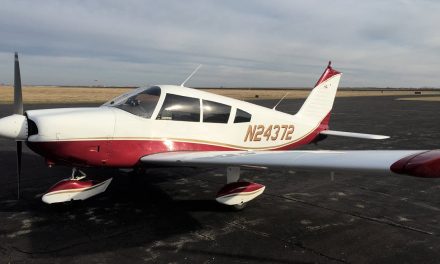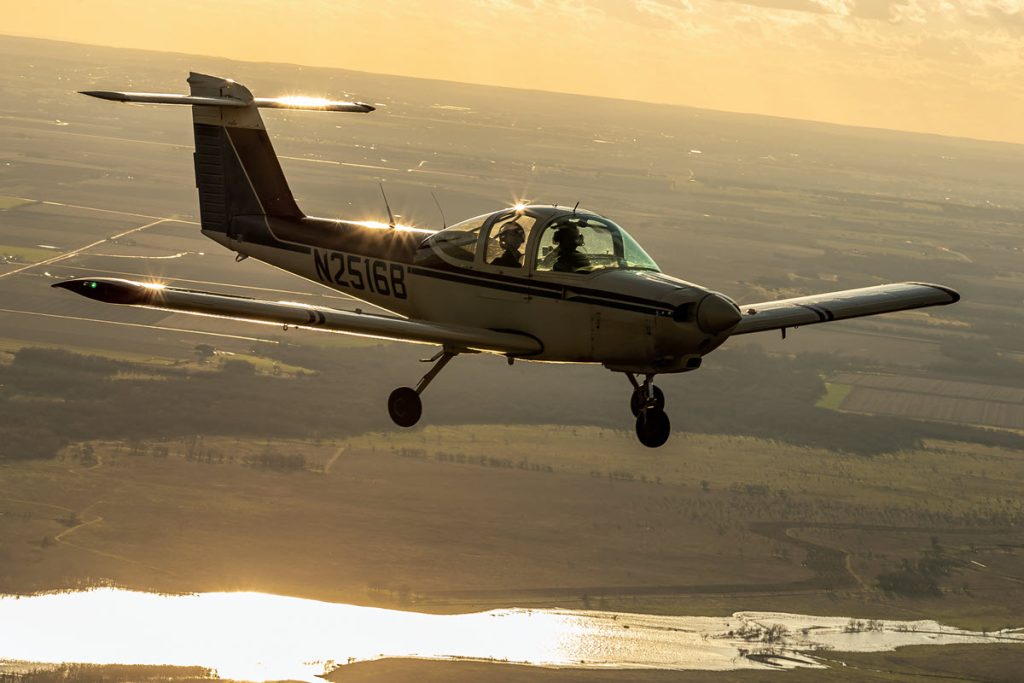
“At first I wasn’t sure about the PA-38-112. I thought it was a bit sketchy, and I had no plans to ever fly in one or even own one. This all changed with my first Tomahawk flight,” shared Craig Miracle, a student pilot, A&P/ IA, and a mechanic for Pilot’s Choice Aviation, a flight school in Georgetown, Texas. He purchased the 1978 Tomahawk to lease back to the school, so flight instructors and students are usually in the cockpit. Although he flies it very little, only about 20 hours per year, he enjoys watching others get their private pilots license in it. Anyone who’s interested has an invitation to stop in for a visit and book this plane for a flight.
Craig found N2516B on wingswap.com and contacted the owners immediately to see if it was available and start the pre-buying inspection process. The plane was in good shape, “started right up,” with only minor cosmetic issues. The interior was in great shape, compared to many of the Tomahawks he had seen, and the avionics were simple but functional.
Further, the sellers were wonderful. Craig shared that they were “helpful, accommodating and just a joy to do business with.” Craig had looked into purchasing a Tomahawk once before, but the sellers were polar opposites. He walked away from the sale rather than deal with the owners. “My advice to anyone shopping for any kind of plane; if the person you are dealing with gives you bad vibes, trust your instincts and find another plane!”
Easy to Repair and Upgrade
After purchasing N2516B, Craig made some updates and changes. He upgraded the engine oil temperature and oil pressure gauge to an Electronics International digital dual gauge – which he loves. The digital gauge, with its colored LED display, is much easier to read. The older Tomahawk OEM gauges are not only impossible to find, they’re unreliable and susceptible to electronic interference. He also added a Steve’s gascolator, one of the least expensive and easiest ways to make the airplane fly a bit safer.
In 2023, Craig replaced the engine. He and other pilots using the plane had noticed a reduction in its engine power. They did a travel check on the valve push rods and discovered a couple of the cam lobes were worn, which they then confirmed with a borescope. Craig was fortunate to find an engine from Aerotec Engines in Nova Scotia, which shipped the same week.
The only other major work he did was related to bringing the tail structure into compliance with the Airworthiness Directives, though he has also been pricing out and considering getting rid of the vacuum system and adding new Nav/comms, a transponder, and GPS – possibly installing AV-30s or Garmin G5s. Down the road, Craig also plans to put in all new plastic fairings, new interior plastic, and add a little more padding when he refurbishes the seats. If his daughter has her way, the plane will also be pink when it gets a new paint job!
“Surprisingly, Tomahawks are very easy to work on and even the AD’s that are on it are fairly simple to complete.” He’s only run into two repair snags along the way. He broke his rudder lower fairing, which was not a serious problem because he planned to install a Knots2U replacement anyway. And they’ve done two wing spar STC’s on their Tomahawk fleet at the flight school. The first one was rather difficult, but once they worked through it, the second one was a breeze.
Easy to Maintain
Craig likes the simplicity of this aircraft. It is relatively easy to maintain because the overall avionics are both functional and simple. His two biggest ongoing maintenance challenges are keeping the interior plastic in good condition, especially since the plane is heavily used at the flight school, and buying and replacing the tires. He hates replacing tires!
He finds that the most frustrating maintenance issues are those that require him to be head-first and upside-down under the instrument panel. Since the seat is elevated, he’s forced to sit on the wing spar, it’s not a very comfortable position to work from. “Getting down there isn’t that hard. It’s getting back up that’s the difficult part.”
Although most Tomahawk parts are still readily available, Piper is no longer supporting the PA-38-112. It’s getting difficult to find gauges and oil coolers for this model. Craig finds most of his parts through Aero Performance, Sterling Aircraft, McFarlane, and Knots2U.
The Advantages of Simplicity
When asked what else he likes about this plane, Craig said it’s easy to handle, responsive and has great visibility. “I found it fits me well and I was more comfortable flying the Tomahawk than a comparable Cessna 150/152, which is what I started my flight training in back in 2002.”
He also appreciates how economical it is to maintain and fly, because of its ever-reliable, mechanical simplicity. Hourly fuel consumption for this aircraft is about six gallons per hour. With an engine and maintenance reserve factored in, it costs about $58-$62 per hour to fly. And, because it’s small, he finds it easy to move around on the ground, even if he’s moving it alone.
There are just two things he would change on N2516B. He would put 6×6.00 tires on it and add an oil cooler.
The Payoff
Owning and flying a plane comes at a cost. But like any worthwhile pursuit, it pays back big dividends in unforgettable flights and lifelong memories.
Craig’s favorite memory with this plane is picking it up in Pennsylvania with his friend and instructor, Sam. They had a great adventure together, flying cross country and visiting airports along the way. He doesn’t get as much time to fly as he’d like, but he has three destinations still on his wish list. He would like to fly to Mustang Beach (KRAS) and Custer County Airport in South Dakota (KCUT). His lifetime goal is to fly into Oshkosh, Wisconsin (KOSH).
N2516B’s previous owners revisit their memories of this airplane, too. Since it was built in 1978, it has generated its own community. Past owners, flight instructors, and others who knew the plane in the past have reached out to Craig to follow its story. “N2516B is a special plane and everyone who flies it, loves it.”
HELPFUL INSIGHTS FOR FELLOW FLYERS
Craig gained some valuable insights from buying, upgrading and maintaining this plane.
- Planes break all the time. You would be surprised at how much can change after a single flight. Preflight inspections are important, even if you just flew yesterday.
- Do a diligent pre-purchase inspection. Never use the mechanic the seller recommends, or the mechanic who regularly services the plane. Find a fresh, unbiased pair of eyes to look it over.
- Digitize your logbooks. If the plane’s logs are lost, the value of the plane is lost with them. Logs are the only way to confirm a plane’s air-worthiness.
- Fly your plane as much as you can. Planes that sit too long develop new problems, problems they didn’t have when they were first parked.
- Do your research. You need to know how much your plane will cost to operate. There are resources available with compiled data on most aircraft that can help you understand the price of plane ownership. The one I used to better understand the PA-38-112 was planephd.com. It had an easy to read breakdown of all the costs you can expect and for first time aircraft owners some expenses you didn’t know you would have.
- Budget for maintenance. Set aside money each time you fly to cover the costs of keeping your plane airworthy. Factor in the potential expenses of replacing an engine or a tire so you aren’t grounded by the price tag.
Craig Miracle is a mechanic for Pilot’s Choice Aviation, a flight school in Georgetown, TX. He also owns Cloud Kicker Coffee (cloudkickercoffee.com) an aviation-themed coffee company. Later this year, he plans to open Texas Executive Aircraft Services at KGTU, which will offer GA and Citation maintenance. Craig is also an A&P/IA and an Army veteran who began working on aircraft in 2005.
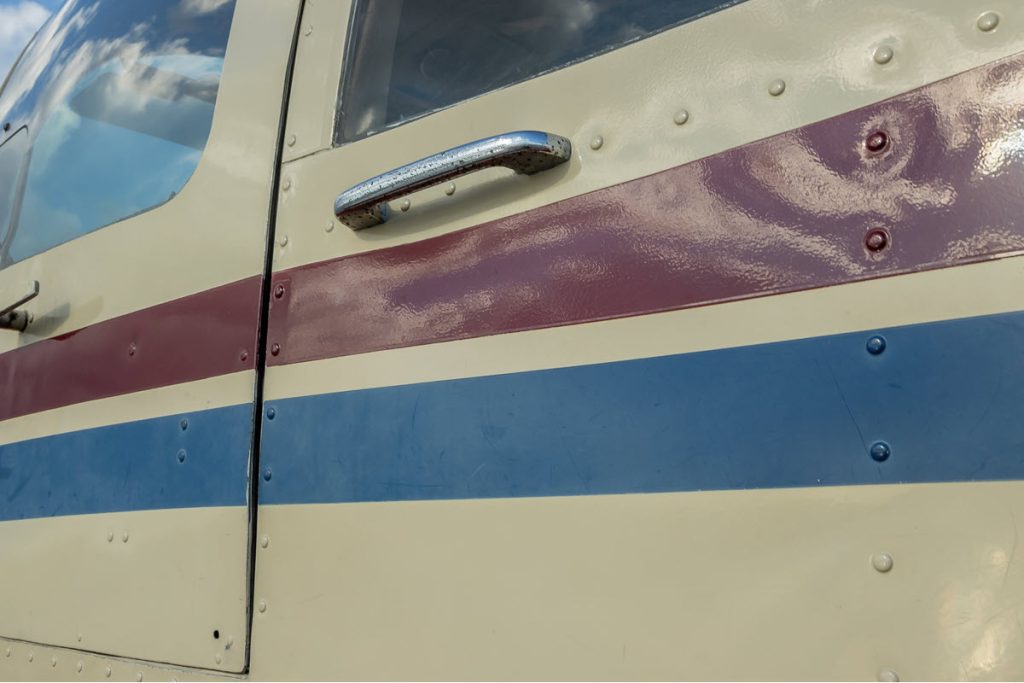
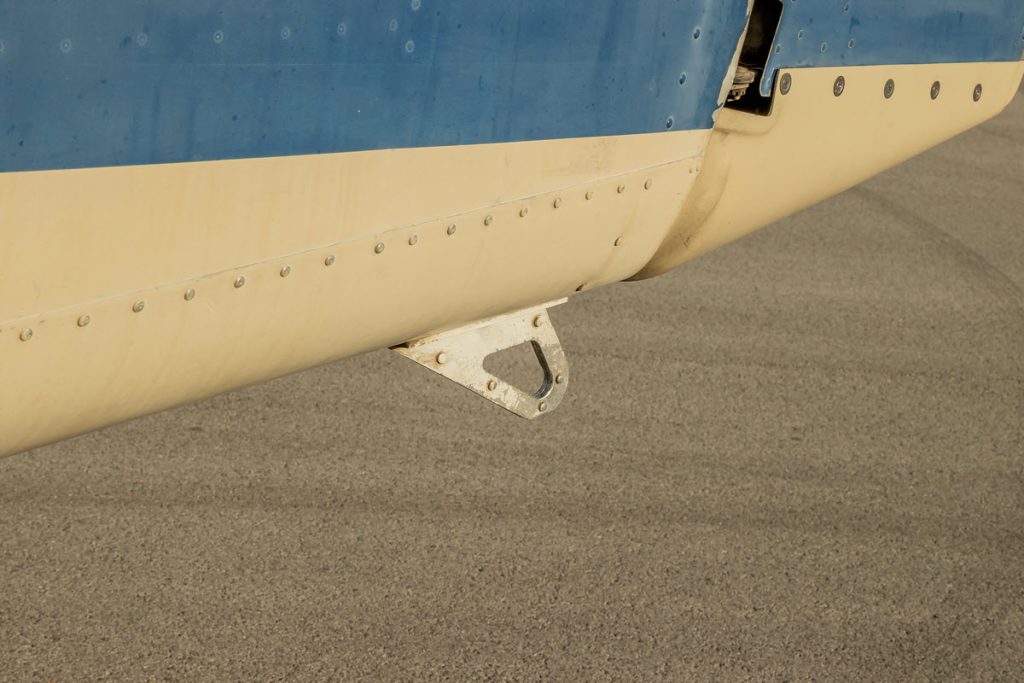
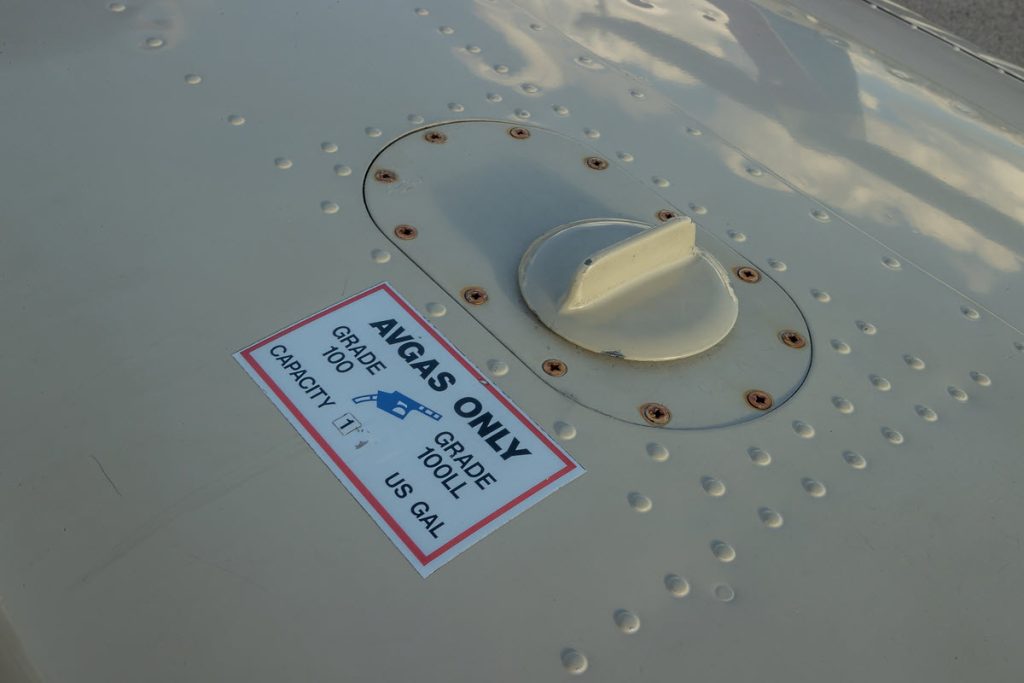
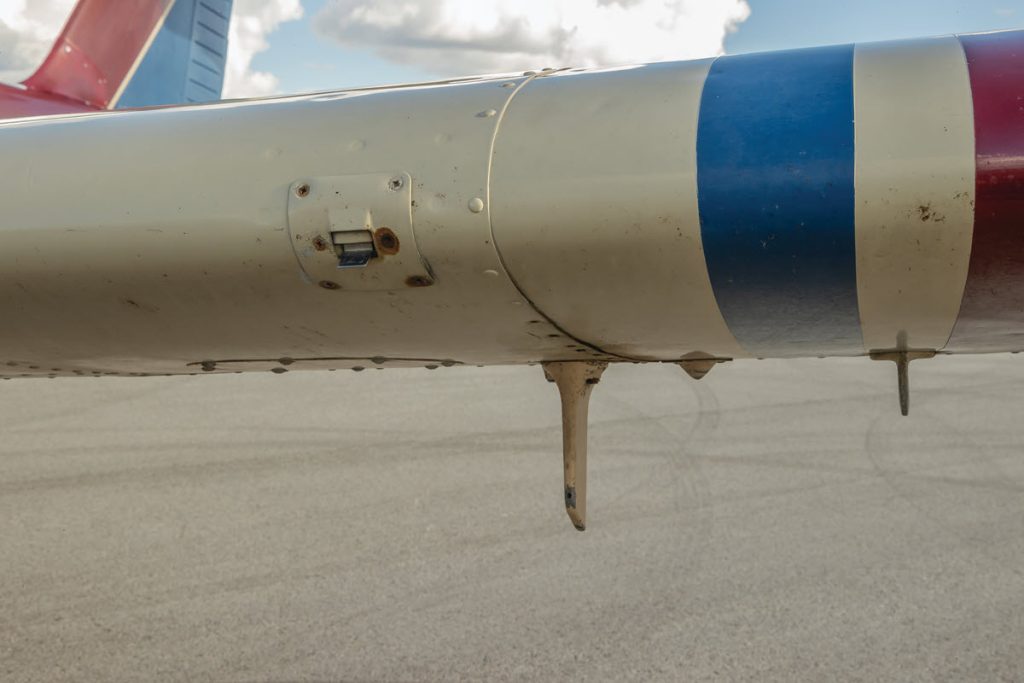
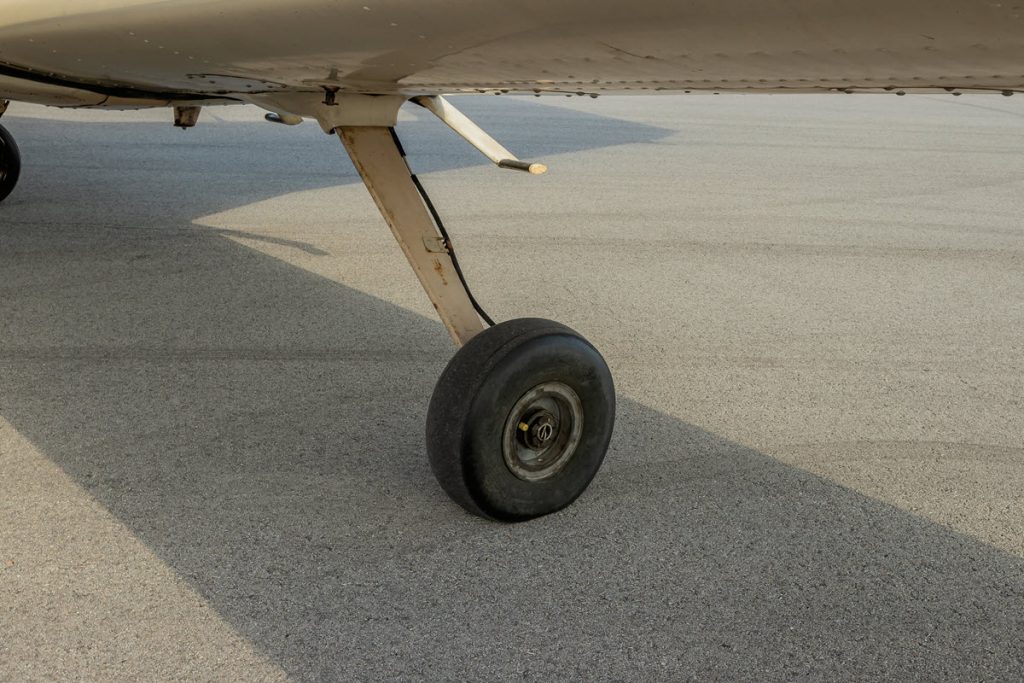
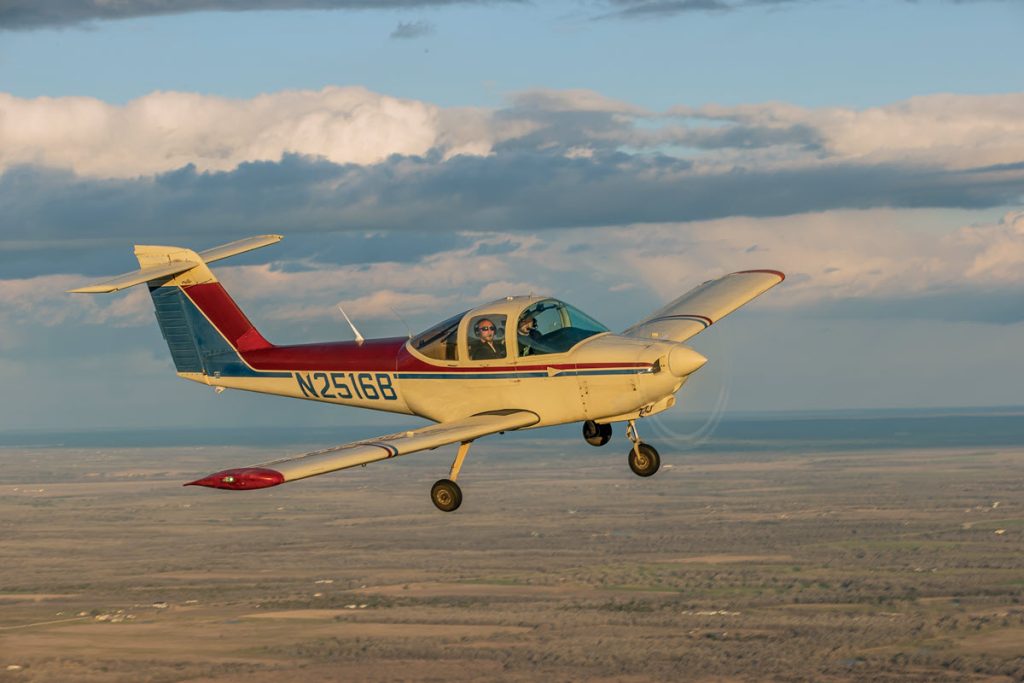
1978 Piper Tomahawk Specifications and Performance
| Engine make/model | Lycoming O-235-L2C |
| Horsepower | 112 |
| Displacement, cu in | 233.3 |
| No. Cylinders | 4 |
| TBO | 2400 |
| Min. Octane Fuel | 100LL |
| Propeller Mfg | SENSENICH |
| Prop Specs | 72CK-0-56 |
| Prop Blades | 1-F/P |
| Prop Diameter | 72″ |
| Landing Gear | FIX/TRI |
| Nose Tire | 5.00X5 |
| Mains | 5.00X5 |
| Gross Wt., lbs | 1670 |
| Avg Empty Wt, lbs | 1128 |
| Avg Useful Load, lbs | 542 |
| Baggage Capacity, lbs | 100 |
| Total Fuel, Std, gals | 32 |
| Wingspan | 34′ |
| Length | 23’2″ |
| Height | 9’1″ |
| Main Gear Track | 10′ |
| Wing Area, sq ft | 124.7 |
| Power Loading, lbs/hp | 14.9 |
| Pass. Doors | 1 |
| Bag/Cargo Doors | 0 |
| Seats, Standard | 2 |
| PERFORMANCE | |
| Top Speed | 108 kts |
| CRUISE INFORMATION | |
| Optimum @, ft | 7,000 |
| Speed | 105 kts |
| Range | 465 nm |
| Endurance, hrs. | 4.4 |
| Economy @, ft | 10,000 |
| Speed | 85 kts |
| Range | 540 nm |
| Endurance, hrs. | 6.6 |
| Stall, Clean | 48 kts |
| Stall, Flaps | 47 kts |
| Take-off Roll, ft | 800 |
| Take-off, 50 ft | 1,330 |
| Climb, Best Rate, fpm | 700 |
| Speed, Best ROC | 70 kts |
| Speed, Best Angle | 61 kts |
| Approach Speed, Clean | 65 kts |
| Approach Speed, Flaps | 62 kts |
| Landing Roll, ft | 630 |
| Landing, 50 ft | 1,470 |
| Service Ceiling, ft | 12,000 |
